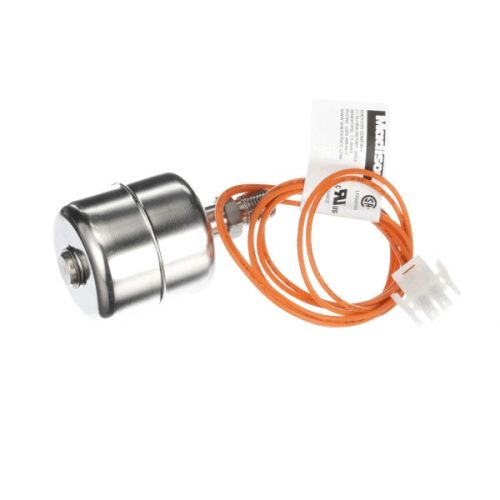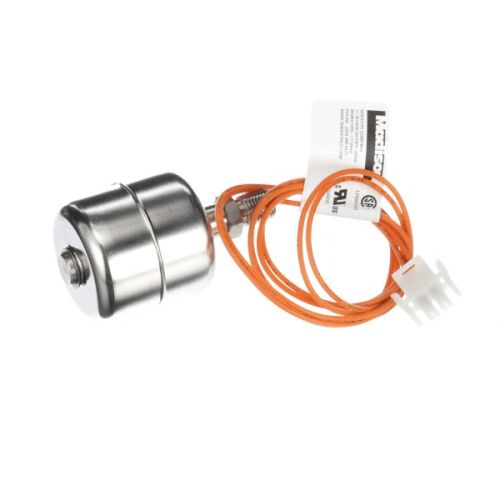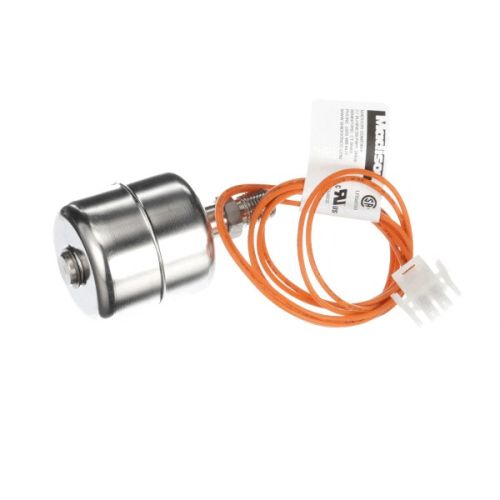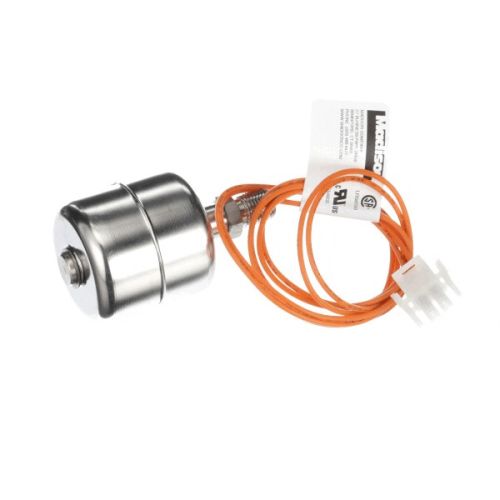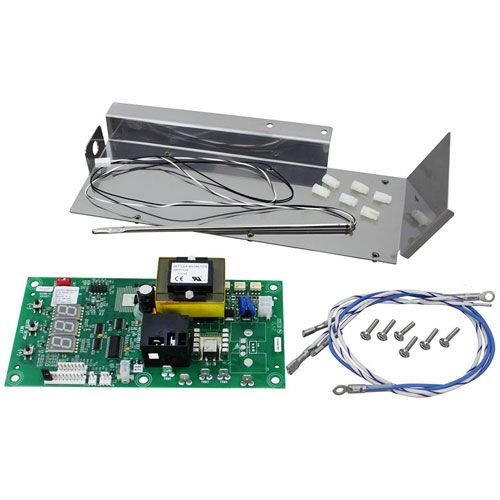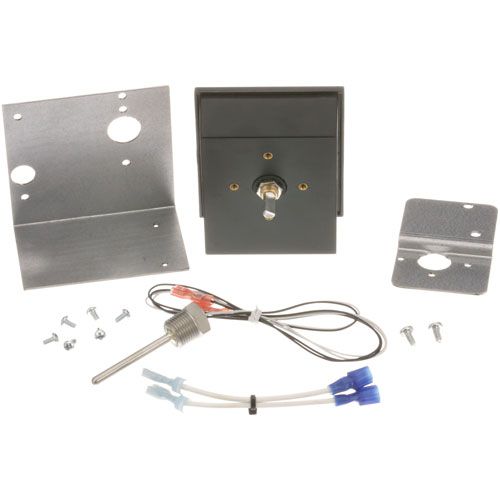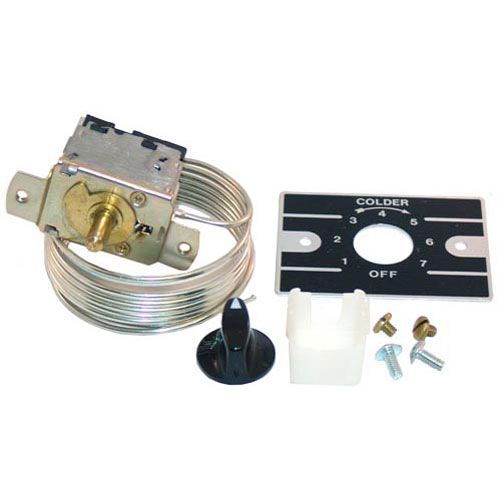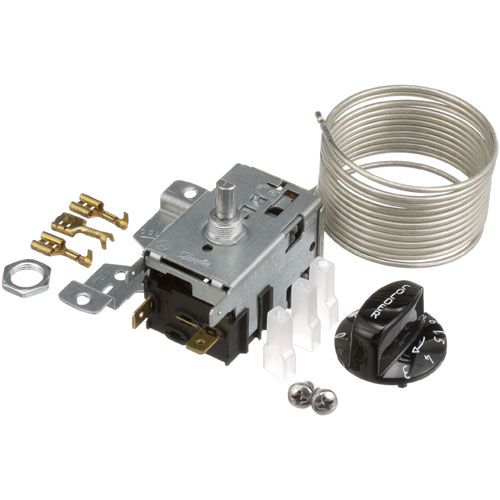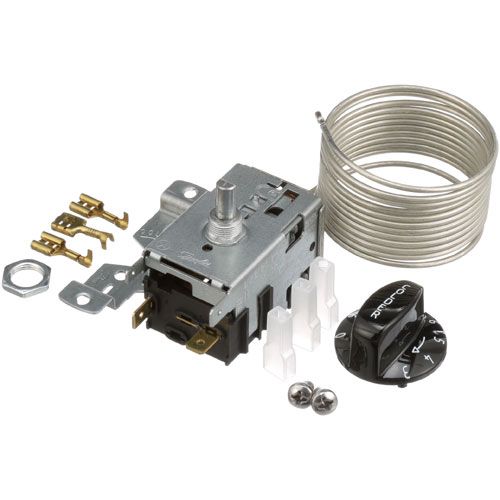

 -2%Magikitch'N B5302201-C SW Float Electric AssemblySpecial Price CAD$811.14 Regular Price CAD$829.28
-2%Magikitch'N B5302201-C SW Float Electric AssemblySpecial Price CAD$811.14 Regular Price CAD$829.28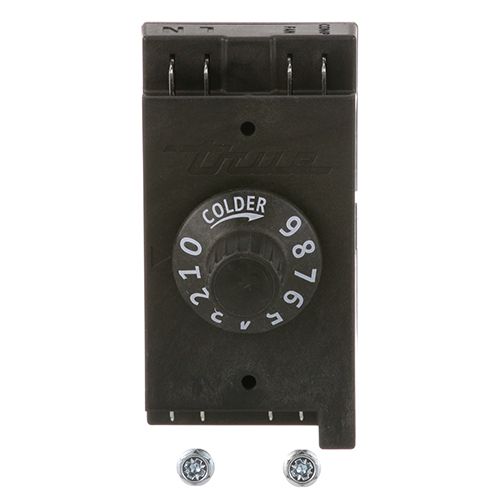
 -12%TRUE 844950 Refrigerator Temperature Control KitSpecial Price CAD$722.24 Regular Price CAD$817.30
-12%TRUE 844950 Refrigerator Temperature Control KitSpecial Price CAD$722.24 Regular Price CAD$817.30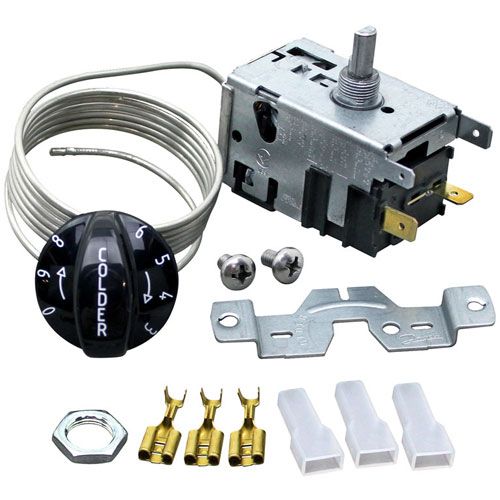
 -46%TRUE 300382 Temperature Control 9F to 36.5F W/ DialSpecial Price CAD$177.89 Regular Price CAD$329.44
-46%TRUE 300382 Temperature Control 9F to 36.5F W/ DialSpecial Price CAD$177.89 Regular Price CAD$329.44- -20%Nor-Lake 1193 Temperature Control W/ Shaft Stem, Dial Plate & Knob, 66" CapSpecial Price CAD$144.03 Regular Price CAD$179.23
Commercial Deep Fryer Temperature Control
When dealing with commercial kitchen fryers, effective temperature control is a crucial element. It plays a key role in maintaining a consistent cooking temperature to ensure even cooking and prevent the risk of overheating, which may lead to undesirable burnt and unappetizing food. One category of temp control in deep fryers involves manual thermostats, commonly found in older models. These thermostats necessitate the cook to manually adjust the temperature using a dial or knob. While this method can be functional, it tends to be time-consuming and less precise compared to more contemporary temperature control technologies.
Another type of commercial deep fryer temperature control features an electronic thermostat. This technology relies on sensors to gauge the oil temperature and automatically regulate the heat. Electronic thermostats offer greater precision than their manual counterparts, contributing to consistent and optimal cooking results. In some instances, fryers are equipped with a digital display that showcases the current oil temperature. This feature proves beneficial for cooks requiring close monitoring, enabling them to make timely adjustments as necessary.
FAQs
How to control oil temperature when frying?
To control oil temperature when frying, use a thermometer to monitor and adjust the heat source to maintain the desired temperature.
What is the best temperature for a commercial fryer?
The best temperature for a commercial fryer is typically between 350°F to 375°F (177°C to 190°C) for frying various foods.
Other Fryer Parts
| Filters | Thermocouples | Conversation Kit |

